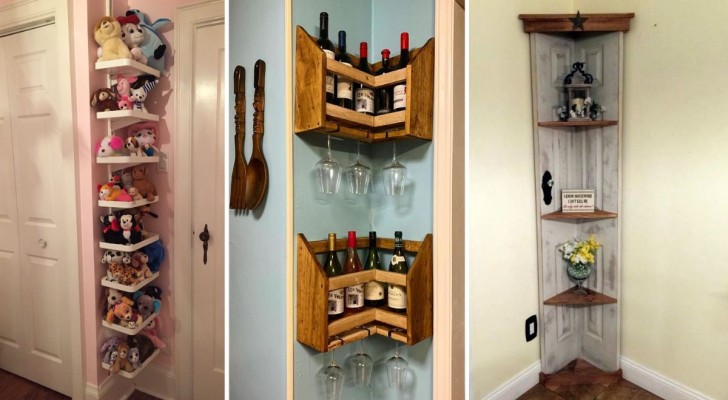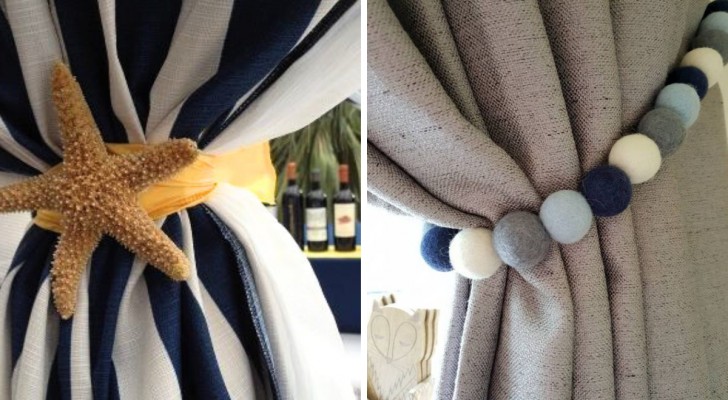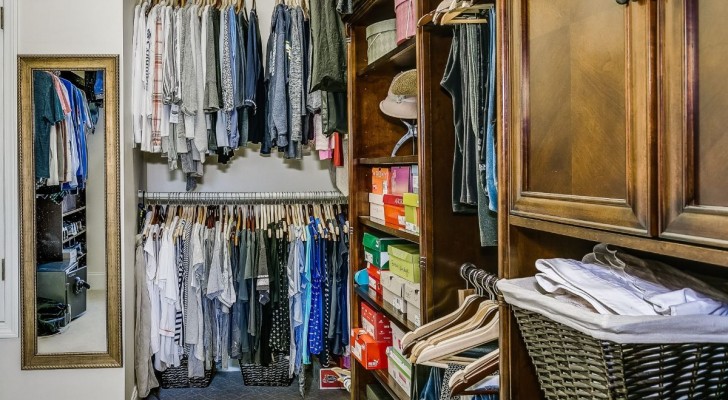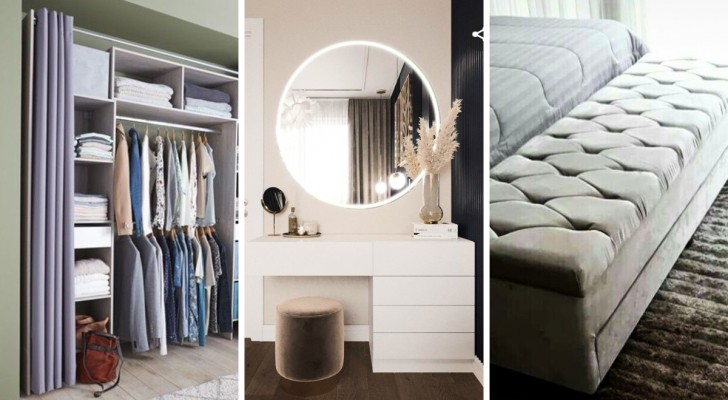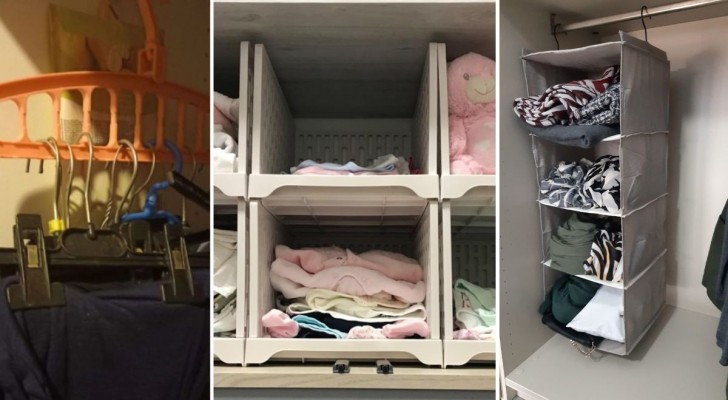11 minimalist-style furnishing tips for an environment that needs to encourage calmness and relaxation
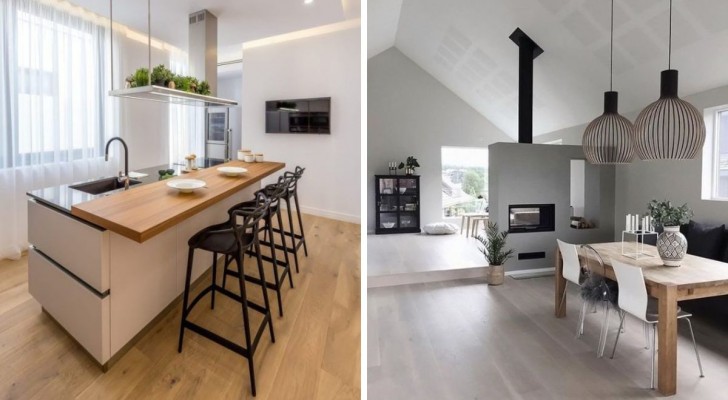
The minimalist style is a trend aimed at eliminating the excesses of the 1960's which were very popular at one stage.
Minimalist furniture, in particular, aims to eliminate the superfluous, creating order and simplifying environments - which, in turn, also helps with the quality of life. This way of organizing the home environment can help us when we want to destress and relax.
Everything in a minimalist-styled home is more comfortable and easier to manage. And this has a positive impact on one's psychophysical well-being. Here are some tips for decorating in a minimalist way and promoting this lifestyle.
1. Cleared walls
Firstly, the superfluous must be removed from the walls. The clearer and freer they are from "frills", the more the environment will feel cleaner and brighter.
2. Natural light
The minimal style has often been accused of being lifeless and joyless, due to its monochromatic use of soft colors. But try to enhance this environment with the use of natural light, especially where there are large windows or balconies. You will definitely notice the difference.
3. Organized bookshelves
Bookshelves and book cases are often where chaos reigns supreme due to the amount of "stuff" put on them. The advice is to eliminate as much as possible and store away infrequently referenced/used items in boxes or drawers. The remaining items must be meticulously organized, so as to appear sparse and tidy.
4. Rugs to delimit different areas
A good way to encourage the semblence of order is to delimit the various areas of the house using large carpets/rugs that create a divide between one area and another. This is especially true for when the kitchen and living room are in a single, shared space.
5. Greenery in the home
The use of greenery (plants and flowers) is also key here: being surrounded by greenery helps ones well-being and vitality. So, it's yes to houseplants and flowers of all kinds (but without overdoing it, of course).
6. Color consistency
What is always recommended, when it comes to minimalist furnishings, is not to go overboard with colors. The ideal solution remains to use only a few colors/paints (preferably pastels) and the various shades thereof. In this way, an orderly and relaxing effect of contrast and stratification will be created.
7. Focus on side/coffee tables
Since you need to remove the superfluous, choose small areas to focus on. An excellent candidate for this could be a coffee table in the living room, for example.
8. Cleared and clean surfaces
The watchword for the minimalist style is that the superfluous must be removed: this is especially true for surfaces in the kitchen, for example, which a prone to clutter-collection. Keep out only the essentials.
9. Cushions
Cushions are a fundamental element in minimalist furnishings, because they create a sense of comfort, convenience and relaxation. So, indulge youself by using cushions abundantly, but always maintaining color consistency and modesty.
10. Neatly arranged picture frames
The walls that are do have items on them should be handled with care. Choose picture and photo frames that have similar criteria in terms of appearance, size and the order in which they are hung up. Don't hang up things in a random pattern.
11. Focal-point architecture
Finally, an important detail to make the decor truly minimalist is to make sure that one's focus is not entirely attraced to the furniture and other accessories, but is also drawn to the details of the arcitecture. So, yes to stunning (but not ostentatious) light fittings, fireplaces and ceiling beams, for example.
If the minimalist style is something you like, we hope this advice has been helpful.
